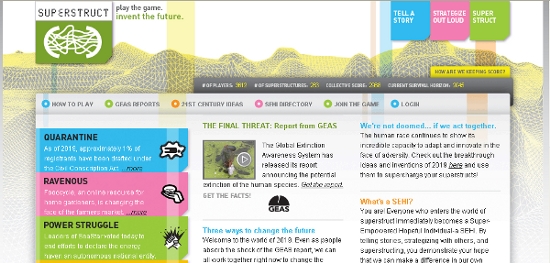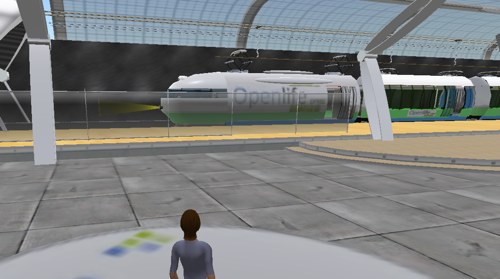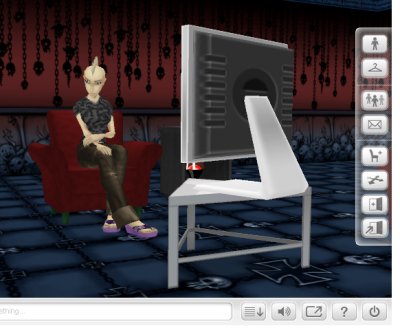The title of this story would have to be one of our most obtuse, but the story behind it is hopefully a little more transparent.
VastPark is a developing virtual world platform well known to regular readers. NICTA (National ICT Australia) also has a number of years pedigree in some of the technological underpinnings of virtual worlds. In the case of the collaboration with VastPark, peer to peer (P2P) is the focus. The joint project announced this week involves the release of the beta version of an MMO P2P engine, christened Badumna (which incidentally are a genus of spiders). It’s a promising development and a further shot in the arm for VastPark.
The issue of being able to have more than 50-60 people in one area of a virtual world is one that’s received a lot of attention. Some argue that having many hundreds or thousands or avatars in one smallish space would bring a much-needed buzz to popular virtual worlds. Others argue it’ll just become a crowded mess (imagine voice capabilities in such a scenario). What partnerships like this do is ensure that we’ll actually have the option of finding out what population level works best:
According to NICTA’s P2P Project Leader Dr Santosh Kulkarni, Badumna can support millions of users with minimal infrastructure. “It provides a significant competitive advantage over traditional network engines,†he maintains. Badumna has already been successfully integrated with the platform of 3-D virtual worlds platform provider VastPark.
Of course, this claim has been made before by multiple developers – a notable Australian example being Project Outback. That said, NICTA have serious credibility in their area and VastPark have a lot more development runs on the board than Project Outback ever did (though there was a NICTA connection involved there too).
I think it’s safe to say that P2P as virtual worlds network engine has plenty of life in it yet – check out the NCITA project page for more details.





Recent Comments